In the face of disaster, the role of the media becomes paramount, acting as the connective tissue between communities and critical information. Whether it's a natural calamity, a public health crisis, or a human-made catastrophe, the media plays a pivotal role in shaping public perception, disseminating vital information, and fostering resilience. The media has a multifaceted role during times of disaster, including its responsibilities, challenges, and the impact it can have on both individuals and society. It’s power to influence and guide the masses cannot be overstated, making it a crucial component in disaster response and recovery. The role of the media during times of disaster extends beyond mere reporting; it becomes a key player in disaster response, recovery, and the overall societal resilience.
Crucial Role of the Media During Disaster #1: Dissemination of Critical Information
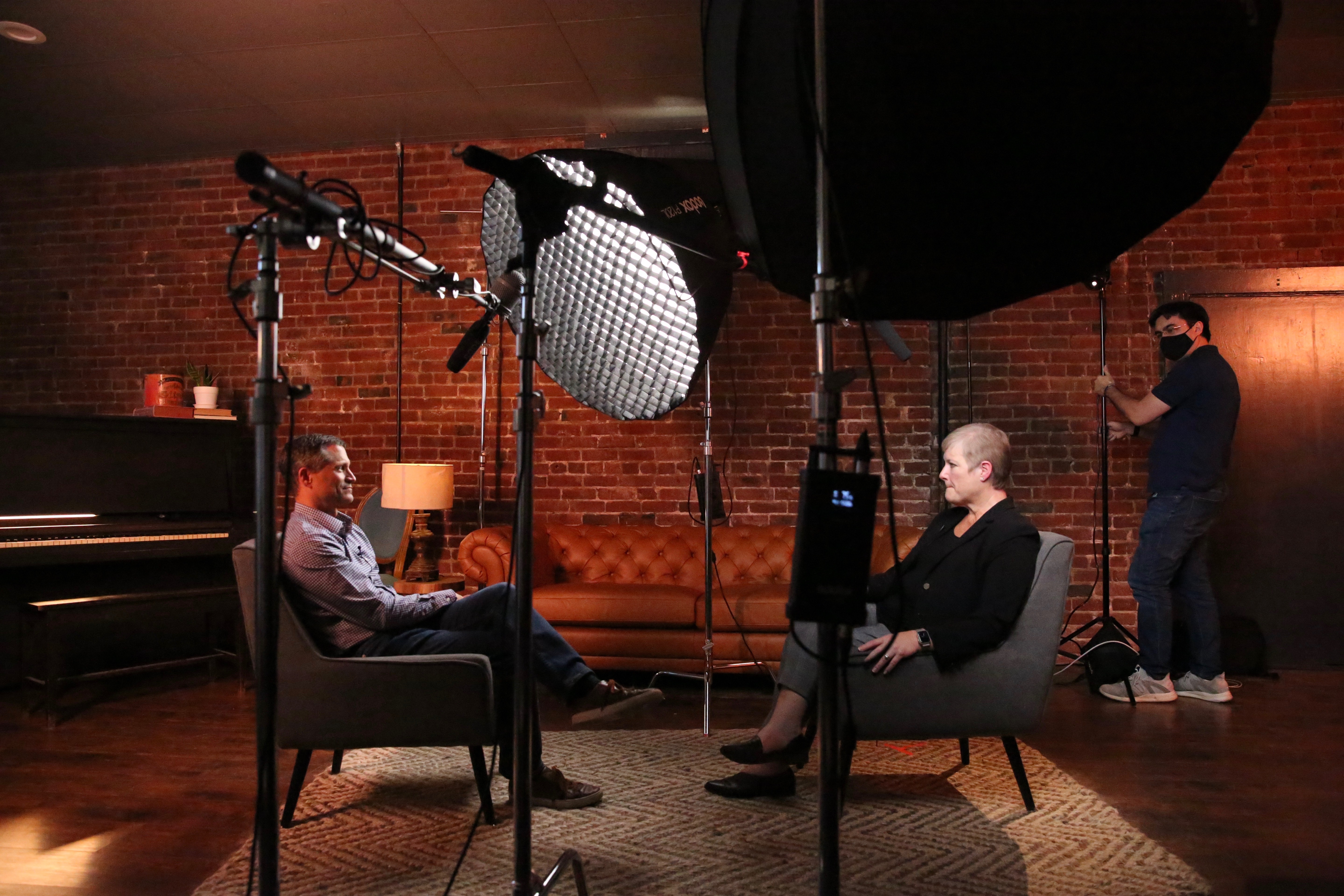
In the digital age, information travels at unprecedented speeds, and the media plays a pivotal role in keeping the public informed during disasters. Journalists serve as the conduits between the affected communities and the rest of the world, providing critical updates, safety instructions, and real-time developments. One of the most crucial roles of the media during a disaster is to provide accurate and timely information to the public. The swift dissemination of information can be a lifesaver, helping people make informed decisions regarding their safety and well-being. From evacuation procedures to emergency contact numbers, the media acts as a bridge between authorities and the public, fostering a sense of community resilience.
Through various channels such as television, radio, online platforms, and social media, the media acts as a lifeline, ensuring that people are well-informed and can make informed decisions to protect themselves and their communities. The significance of live reporting and real-time updates to keep the public informed cannot be overstated enough and is one of the crucial roles the media plays in times of disaster. However, with great power comes great responsibility, and the media must navigate the delicate balance between urgency and accuracy to prevent misinformation and panic.
Crucial Role of the Media During Disaster #2: Building Community Resilience
Media platforms serve as a powerful tool for building community resilience. By showcasing stories of resilience, heroism, and community support, the media can inspire a sense of solidarity among affected individuals. Highlighting successful disaster response efforts and sharing best practices can empower communities to come together and proactively prepare for future crises. The media's responsibility extends beyond the immediate aftermath of a disaster. In the reconstruction phase, the media plays a crucial role in a disaster by highlighting the ongoing challenges faced by affected communities, ensuring that they receive the support needed for a sustainable recovery. It can also advocate for the long-term needs of disaster-affected communities through successful media campaigns aimed at influencing policy changes and resource allocation, making the efforts of the media a crucial component in times of disaster. The media significantly impacts how the public perceives disasters. The choice of language, imagery, and the framing of stories can shape narratives, either fostering resilience or amplifying fear and chaos. In the end, they can become extremely successful in doing what they do best, which is to foster resilience through narratives and storytelling to convey the human aspects of recovery and reconstruction, and that is truly inspiring. Moreover, the media serves as a platform for dialogue and collaboration, enabling community members to share knowledge, experiences, and resources, ultimately strengthening bonds. Through its role in amplifying voices, raising awareness, and facilitating coordination, the media plays a crucial role during disasters by building community resilience and promoting recovery in the face of adversity.
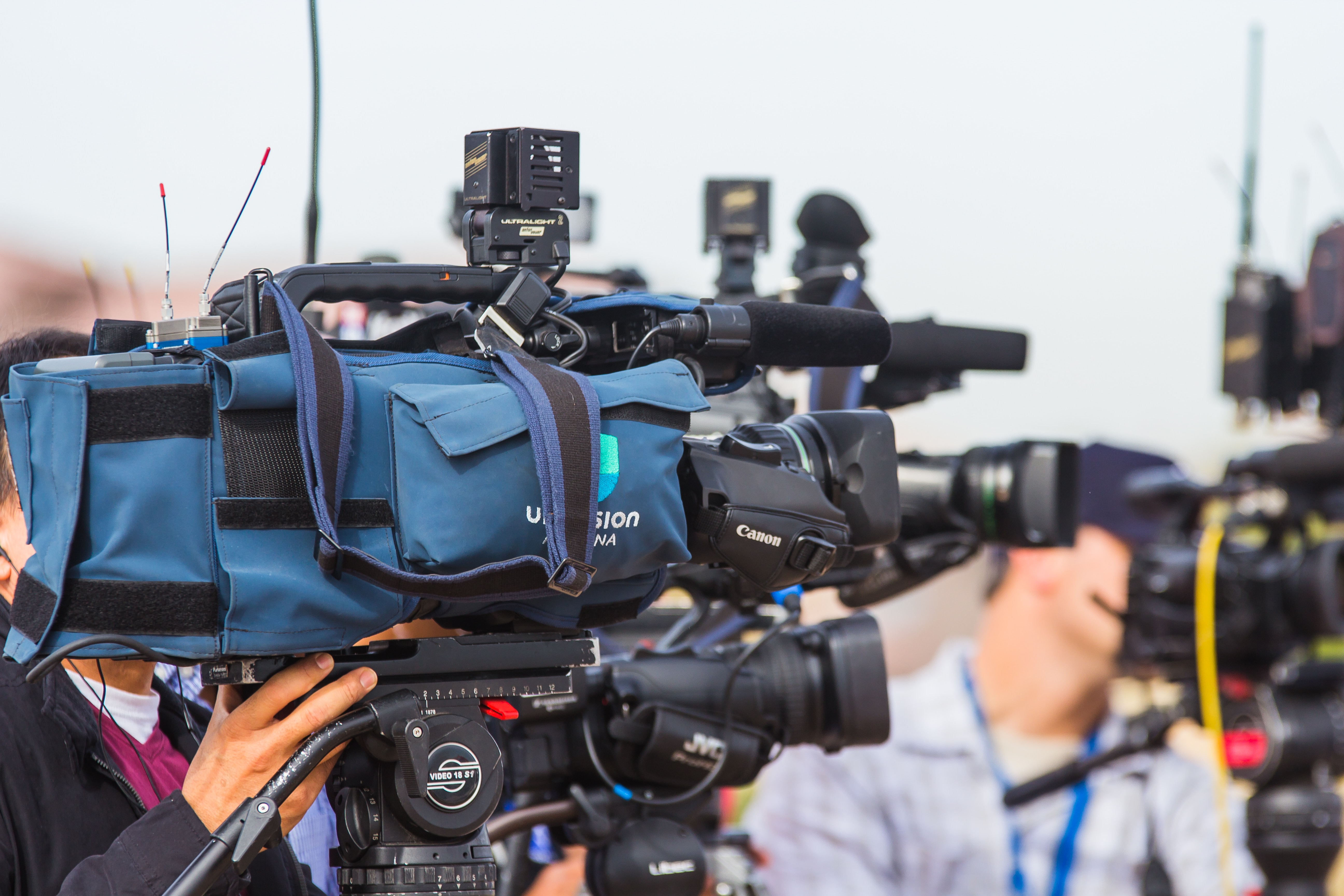
Crucial Role of the Media During Disaster #3: Fostering Public Awareness and Education
In times of disaster, misinformation can spread rapidly, causing panic and hindering relief efforts. The media, therefore, plays a crucial role in debunking myths, dispelling rumors, and providing accurate information. Additionally, media outlets can contribute to public education by raising awareness about the potential risks of certain disasters, preventive measures, and the importance of emergency preparedness. Beyond the immediate crisis, the media serves as an educational platform, helping the public understand the nature of disasters and their causes, and foster a culture of preparedness. From current events to health and safety measures, a crucial role the media plays in disasters is to empower individuals to make informed decisions. In doing so, the media contributes to building resilient communities capable of withstanding and recovering from disasters. In this case, the media plays a crucial role in disasters as a practitioner of risk communication to aid their audiences with choices which is a vital component for audiences during calamity. By providing comprehensive coverage and analysis, the media encourages critical thinking and promotes dialogue on important issues, ultimately contributing to a more informed and educated society. Moreover, the media serves as a platform for experts and advocates to share their knowledge and insights, facilitating public discourse and understanding on complex topics, ranging from climate change to public health initiatives. Overall, the media's role in fostering public awareness and education is indispensable in shaping attitudes, behaviors, and policies towards building a more knowledgeable and enlightened society.
“One of the most crucial roles of the media during a disaster is to provide accurate and timely information to the public.”

Crucial Role of the Media During Disaster #4: Holding Authorities Accountable
While supporting relief efforts, the media also serves as a watchdog, holding authorities accountable for their actions or inactions during a disaster. Journalistic investigations can shed light on the effectiveness of disaster response strategies, resource allocation, and the overall management of crises. By scrutinizing the decision-making process, the media encourages transparency and helps improve future disaster management policies. Through investigative reporting, journalists can uncover discrepancies in government response, allocation of resources, and adherence to established protocols. By presenting these findings to the public, the media fosters transparency, encourages accountability among decision-makers, and ultimately works to ensure that those in positions of authority prioritize the safety and well-being of affected communities. Additionally, the media serves as a platform for affected individuals to voice their concerns and share their experiences, amplifying their perspectives and holding authorities accountable for addressing their needs and concerns. With this, a symbiotic relationship between the media and authorities must always exist. The fact is they need each other to successfully collaborate to meet each other’s needs and greatly increases the impact that both can make during disasters, making this one crucial role the media plays during disaster.
Crucial Role of the Media During Disaster #5: Facilitating Communication and Connectivity
In the digital age, social media and other online platforms have become vital tools for communication during disasters. The media plays a role in leveraging these platforms to facilitate communication between affected individuals, emergency services, and aid organizations. Real-time updates, emergency hotlines, and interactive forums provide an avenue for people to connect, share information, and offer support to one another. In facilitating communication and connectivity, the media plays a crucial role during disasters by enabling affected individuals to stay informed, connected, and supported. Through various channels such as television, radio, social media, and online platforms, the media disseminates vital information, including emergency alerts, evacuation procedures, and relief efforts, reaching a wide audience in real-time. By providing a platform for authorities, first responders, and community organizations to share updates and coordinate response efforts, the media helps streamline communication channels, ensuring that crucial information is efficiently distributed to those in need. Additionally, the media fosters a sense of solidarity and community by amplifying stories of resilience, support, and acts of kindness, inspiring individuals to come together and offer assistance to those affected by the disaster. Overall, this crucial role the media plays during disaster facilitates communication and connectivity. It is indispensable in promoting safety, resilience, and collective action within affected communities.
Crucial Role of the Media During Disaster #6: Using Social Media as a Tool
Social media platforms are essential for spreading educational content and increasing awareness about disaster preparedness and risk reduction. Research has shown that people are more likely to take action when they comprehend what to do, trust that it will work, and feel confident in their ability to do it. The ability for mass media to utilize social media can truly be a life-saving action. The other day, we had a massive storm go through our community. The lightning show was tremendous as I stood on my deck and watched the sky light up as streaks of electricity shot through the clouds at every angle imaginable. But I quickly learned that it was a deadlier show that I had given it credit for as two tornados touched down slightly North of our community. The notice to seek safety in our basement came from our local news who had been following the storm as it increased in strength and volatility. Thankfully, our community was spared. Unfortunately, the town North to us suffered severe damage and loss of life. Accounts from social media from local citizens was used to not only save lives in our community, but used to bring attention and aid to the community that fell in the path of destruction. Local, State, and National media focused on our communities and helped bring aid to those in need, and it started with the use of social media. No matter what we may think of social media, it definitely has its place in our generation and can be a tool for good, making its use a crucial role for media to use during disaster.
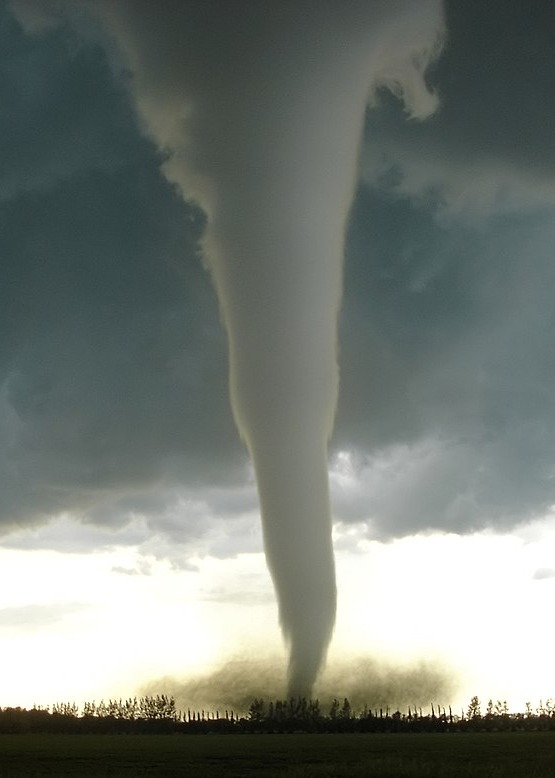
“Journalistic investigations can shed light on the effectiveness of disaster response strategies, and the overall management of crises.”
Crucial Role of the Media During Disaster #7: Addressing Mental Health
Disasters often take a toll on the mental health of individuals and communities. The media can contribute to mental health awareness by providing resources, expert advice, and stories of resilience. Sensitivity in reporting and a focus on promoting mental well-being can help mitigate the psychological impact of disasters on affected populations. In a disaster, the media also plays a crucial role in fostering empathy and promoting self-care strategies for individuals and communities. Through responsible reporting, the media can disseminate information on available mental health resources, such as hotlines and support groups, while also debunking myths and reducing stigma surrounding mental illness. Additionally, platforms can dedicate airtime or column space to experts who offer practical tips for managing stress and anxiety, emphasizing the importance of self-care activities and seeking professional help when needed. Through these efforts, the media can contribute to building a supportive and informed community that prioritizes mental health during times of crisis.
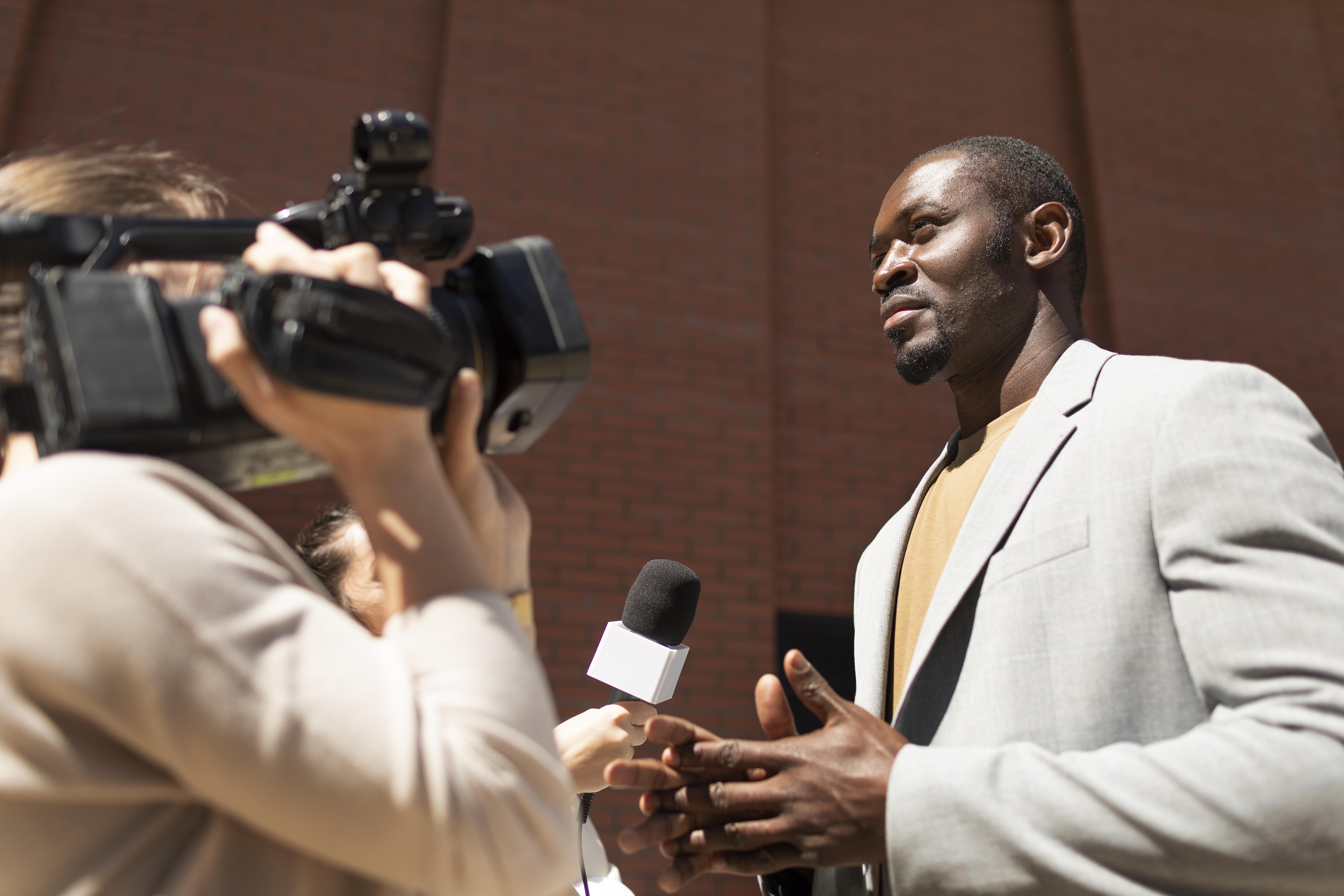
Crucial Role of the Media During Disaster #8: Hosting Discussions Between the Government and the People
The media can facilitate discussions between the government and the people by providing a platform for open dialogue, transparency, and accountability. This can be achieved through various formats such as televised town hall meetings, radio call-in shows, online forums, and social media platforms. By inviting government officials, policymakers, and community leaders to participate in these discussions, the media creates opportunities for them to directly engage with the public, address concerns, and answer questions. Additionally, journalists can serve as moderators, ensuring that discussions remain focused, respectful, and inclusive of diverse perspectives. Through these efforts, the media fosters greater transparency in governance, encourages citizen participation in decision-making processes, and strengthens democratic principles.
Crucial Role of the Media During Disaster #9: Training and Sensitizing Stakeholders
The media plays a crucial role during disaster when it trains and sensitizes various stakeholders involved in disaster management and communication by serving as a platform for education, awareness, and skill-building. Firstly, the media can produce and disseminate educational content, including articles, videos, and infographics to inform the public about disaster preparedness, response protocols, and risk reduction strategies. By broadcasting interviews with experts and emergency responders, the media can provide insights into best practices and lessons learned from past disasters. Furthermore, the media can organize workshops, webinars, and training sessions in collaboration with government agencies, non-profit organizations, and community groups to equip stakeholders with the knowledge and skills needed to effectively respond to emergencies. Through these efforts, the media not only raises awareness about disaster management but also promotes collaboration and coordination among stakeholders, ultimately enhancing overall preparedness and resilience in the face of disasters.
Crucial Role of the Media During Disaster #10: Maintaining an On-Site Presence During Disaster
The media's on-site presence during times of disaster serves several critical functions. Firstly, it provides real-time reporting, offering up-to-date information on the unfolding situation, including the extent of damage, ongoing rescue efforts, and any emerging risks or challenges. This timely reporting helps keep the public informed and aware of the situation's severity, allowing them to take appropriate precautions or actions. Secondly, the media's presence facilitates transparency and accountability by capturing firsthand accounts and visuals of the disaster's impact, thereby holding authorities accountable for their response efforts.
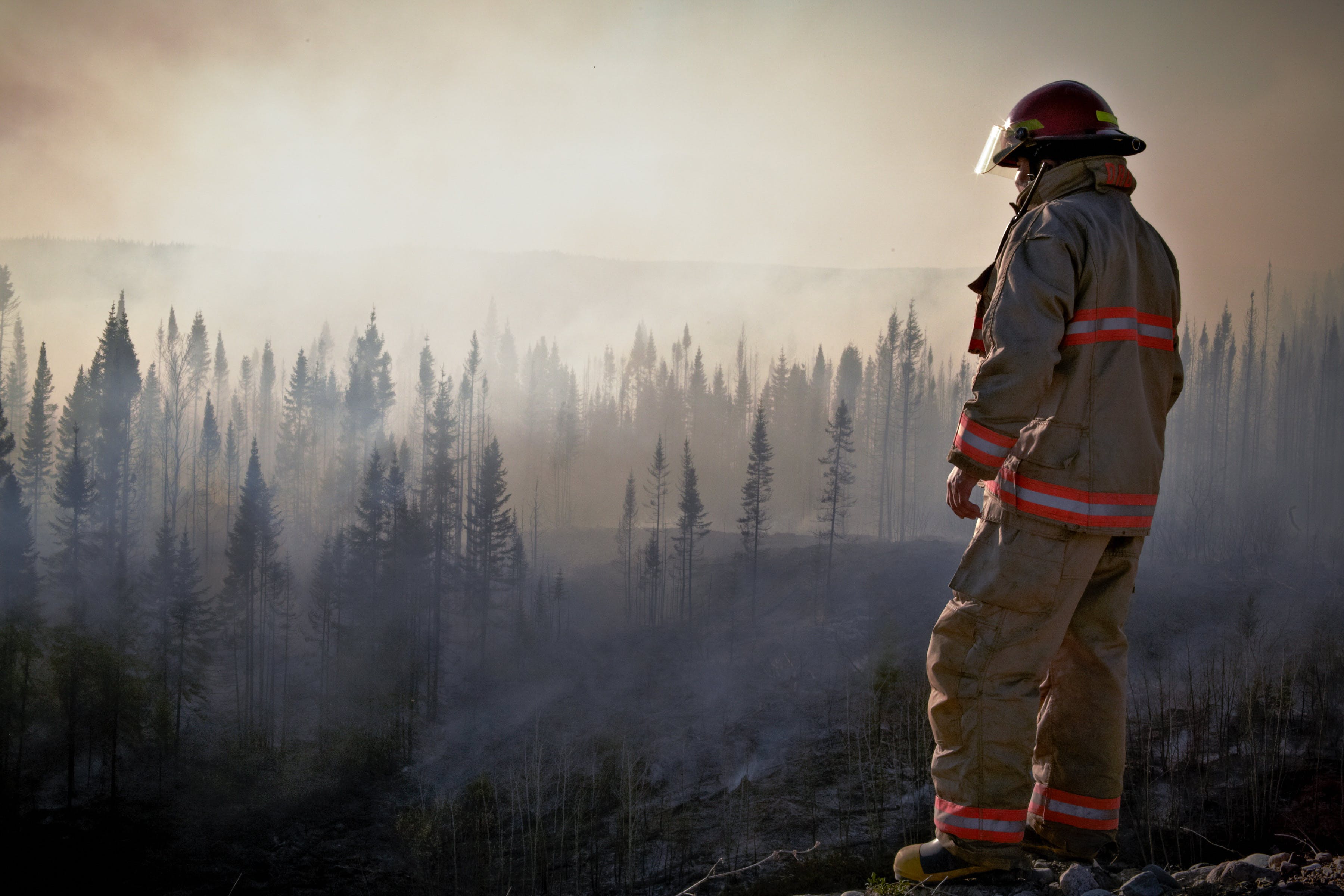
Moreover, journalists on-site can amplify the voices of affected individuals, sharing their stories and needs with a broader audience, which can mobilize support and resources for relief efforts. Additionally, the media's presence can serve as a conduit for communication between responders, survivors, and their loved ones, helping to reunite families and connect people with vital services. Overall, the media's on-site presence plays a crucial role during disaster in both informing the public and facilitating effective disaster response and recovery efforts.
The 4-11
In times of disaster, the media serves as a bridge between chaos and order, playing a critical role in shaping public perception, disseminating information, and fostering community resilience. By responsibly fulfilling its duties, the media not only helps individuals navigate the storm but also contributes to building a more resilient and informed society capable of facing future challenges head-on. As technology continues to evolve, the media's role will likely expand, emphasizing the need for ethical reporting, accuracy, and a commitment to serving the public interest. The media’s crucial role in times of disaster is multifaceted, encompassing information dissemination, public awareness, and post-disaster recovery advocacy. While the challenges faced by the media are undeniable, its potential to positively impact communities and contribute to effective disaster management cannot be ignored. By understanding and addressing these challenges, media outlets can enhance their ability to serve as a reliable and effective conduit for information, fostering a more resilient society in the face of adversity.

About the Author
Mark Linderman is the owner of Disaster Initiatives, an online company that provides communication leaders with the tools needed to address their communities and the media throughout a crisis, and teaches the communicator to approach crisis communication from the listener’s perspective. He is a Certified Emergency Manager (CEM) and nineteen-year veteran of Public Health. He instructs Crisis & Risk Communication within the field of disaster preparedness for seven universities, including Indiana University’s Fairbanks School of Public Health. Mark is considered a Subject Matter Expert in the field of disaster-based communication and is a widely received public speaker and advocate for disaster preparedness.
Mark Linderman,
MSM, CEM, CCPH, CSSS
Visit DISASTER INITIATIVES for more information
